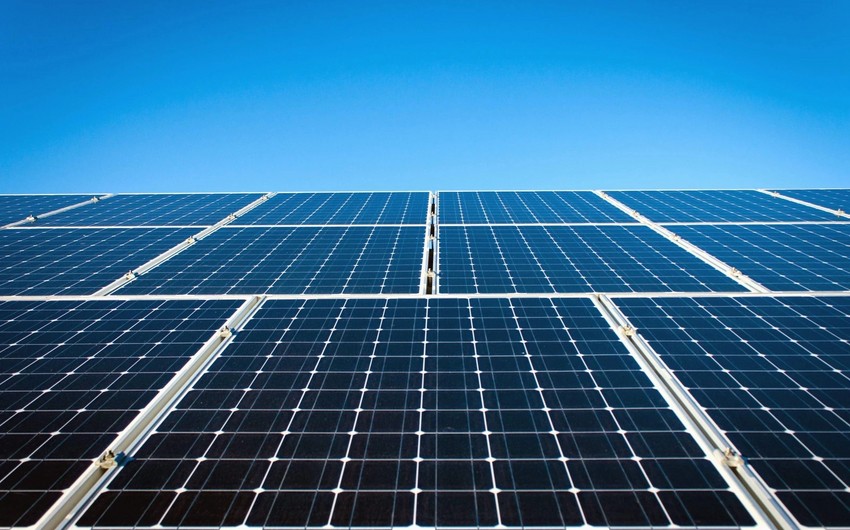The two studies, published in Nature Energy and Nature Photonics, will transform the efficiency and significantly reduce the cost of producing solar cells.
Report informs citing the first breakthrough involves “upconverting” low energy, non-visible light into high energy light to generate more electricity from the same amount of sunlight.
Researchers at RMIT University and UNSW University in Australia and the University of Kentucky in the US discovered that oxygen could be used to transfer low energy light into molecules that can be converted into electricity.
“The energy from the sun is not just visible light. The spectrum is broad, including infrared light, which gives us heat and ultraviolet light, which can burn our skin,” said Professor Tim Schmidt from UNSW Sydney.
“Most solar cells... are made from silicon, which cannot respond to light less energetic than the near-infrared. This means that some parts of the light spectrum are going unused by many of our current devices and technologies.”
The technique involves using tiny semiconductors known as quantum dots to absorb the low energy light and turn it into visible light to capture the energy.
The second breakthrough uses a type of material called perovskites to create next-generation solar modules that are more efficient and stable than made of silicon.
Solar cells made from perovskites are also cheaper to produce, as well as being flexible and lightweight. The main issue with the material is that it is difficult to scale up to create solar panels several meters in length.
“Scaling up is very demanding,” said Dr. Luis Ono, a co-author of the study. “Any defects in the material become more pronounced, so you need high-quality materials and better fabrication techniques.”
A new approach uses multiple layers to prevent energy from being lost or toxic chemicals from leaking as it degrades.
A module measuring 22.4cm achieved an efficiency of 16.6 percent – a very high efficiency for a module of that size – and maintained a high-performance level even after 2,000 hours of constant use.
The researchers now plan to test their techniques on larger solar modules, with the hope of commercializing the technology in the future.


 https://images.report.az/photo/6c41f8e6-e548-3e05-b3e6-e7f93d98490f.jpg
https://images.report.az/photo/6c41f8e6-e548-3e05-b3e6-e7f93d98490f.jpg

